Rising Geopolitical Tensions
The Energy Security Market is increasingly influenced by rising geopolitical tensions, which can disrupt energy supply chains and create volatility in energy prices. Countries are becoming more aware of their energy dependencies, leading to a push for self-sufficiency and diversification of energy sources. For instance, nations are investing in domestic energy production and alternative energy sources to mitigate risks associated with foreign energy imports. This trend is reflected in the growing investments in renewable energy projects, which are projected to reach over 1 trillion USD by 2025. As countries seek to enhance their energy security, the Energy Security Market is likely to experience significant growth driven by these geopolitical dynamics.
Growing Demand for Energy Resilience
The increasing frequency of extreme weather events and natural disasters is driving the demand for energy resilience within the Energy Security Market. Stakeholders are recognizing the need for robust energy systems that can withstand disruptions caused by climate change. Investments in resilient infrastructure, such as microgrids and decentralized energy systems, are becoming more prevalent as they offer enhanced reliability and security. The market for energy resilience solutions is projected to grow significantly, with estimates suggesting a compound annual growth rate of over 10% through 2025. This trend indicates a shift towards prioritizing energy security in the face of environmental challenges.
Regulatory Support for Energy Transition
Regulatory frameworks are playing a crucial role in shaping the Energy Security Market as governments worldwide implement policies to support energy transition. Incentives for renewable energy adoption, carbon pricing mechanisms, and emissions reduction targets are driving investments in cleaner energy sources. For example, many countries have set ambitious targets to achieve net-zero emissions by 2050, which necessitates a significant shift in energy production and consumption patterns. This regulatory support is expected to catalyze investments in the Energy Security Market, with projections indicating that renewable energy capacity could double by 2030, further enhancing energy security.
Technological Advancements in Energy Infrastructure
Technological advancements are reshaping the Energy Security Market by enhancing the efficiency and reliability of energy infrastructure. Innovations such as smart grids, advanced metering infrastructure, and real-time monitoring systems are being adopted to optimize energy distribution and consumption. These technologies not only improve operational efficiency but also bolster resilience against potential disruptions. The integration of artificial intelligence and machine learning in energy management systems is expected to increase operational efficiency by up to 30% by 2025. Consequently, the Energy Security Market is witnessing a surge in demand for advanced technologies that ensure a stable and secure energy supply.
Consumer Awareness and Demand for Sustainable Practices
Consumer awareness regarding sustainability is influencing the Energy Security Market as individuals and businesses increasingly prioritize environmentally friendly energy solutions. This shift in consumer behavior is prompting energy providers to adopt sustainable practices and invest in renewable energy sources. Surveys indicate that over 70% of consumers are willing to pay a premium for green energy options, reflecting a growing demand for sustainable energy solutions. As a result, the Energy Security Market is likely to see a rise in investments aimed at meeting this consumer demand, further driving the transition towards a more sustainable and secure energy future.


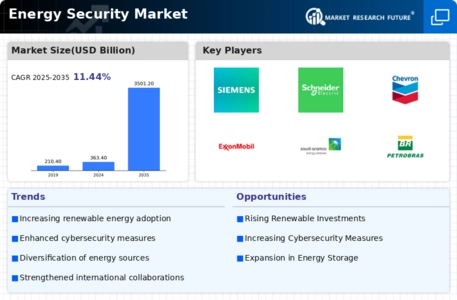
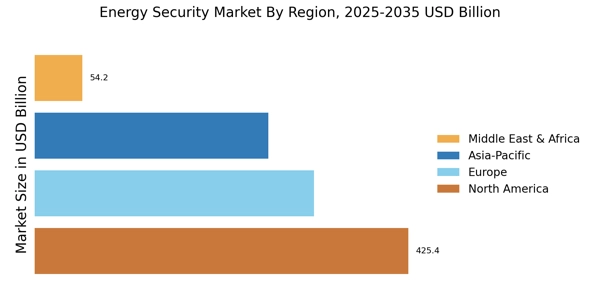
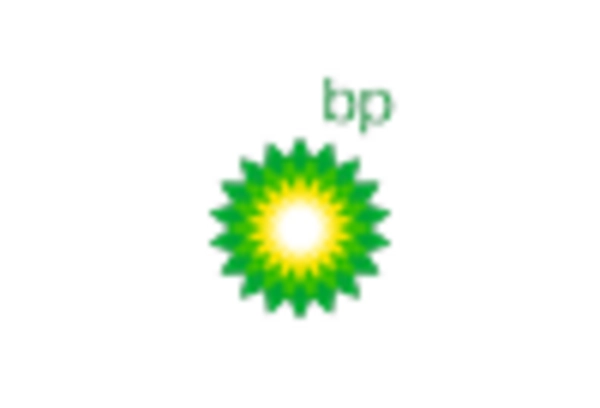
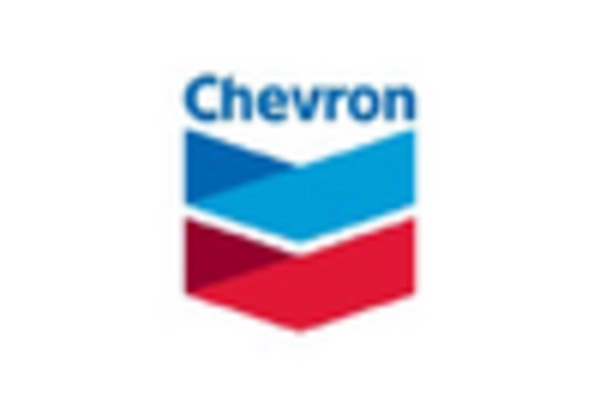


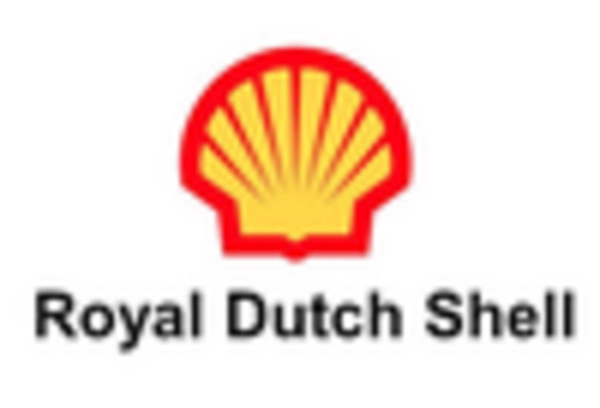









Leave a Comment